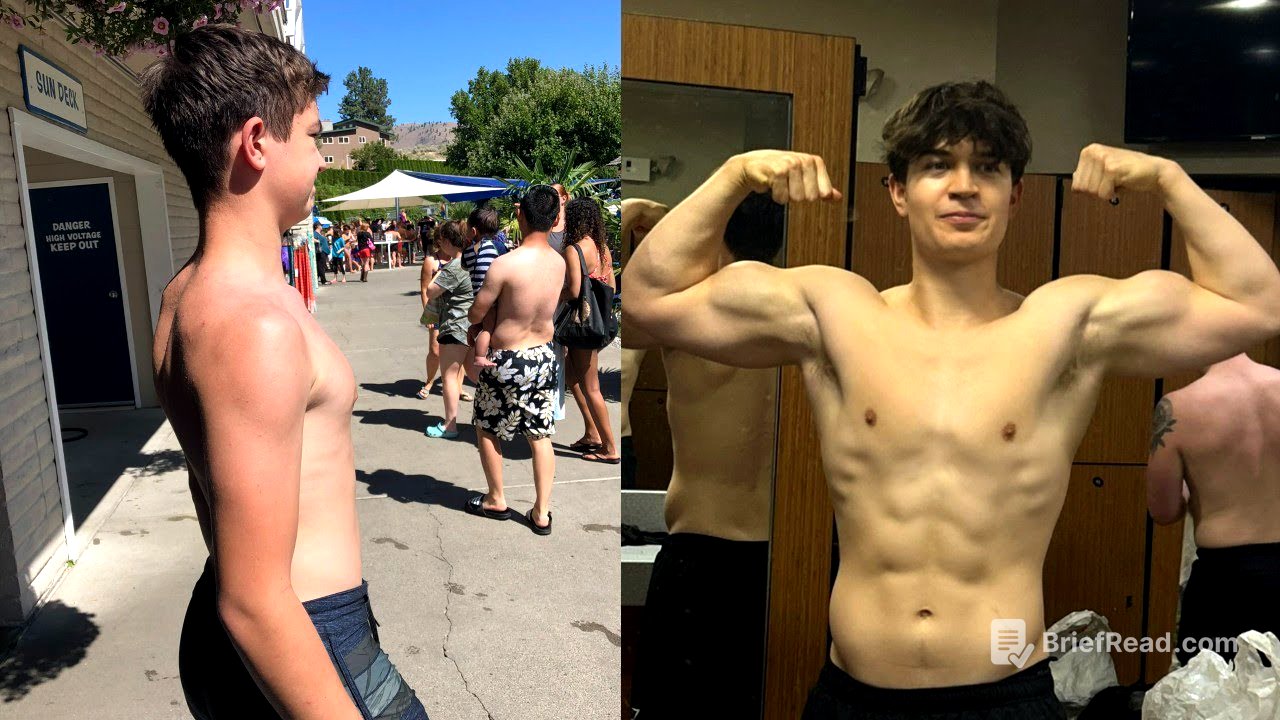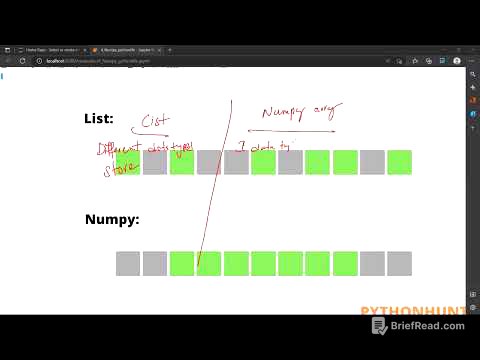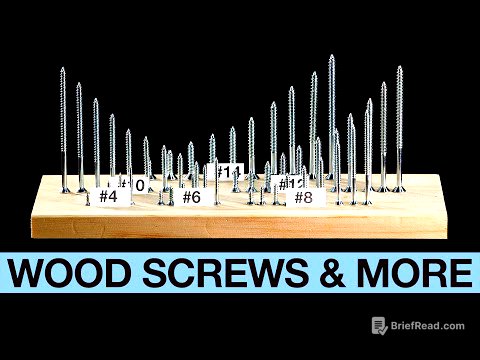TLDR;
This video explains why some people struggle to grow their arm muscles despite consistent training and proper nutrition. It emphasizes the importance of progressive overload, proper exercise selection, optimal training volume and frequency, and addressing potential recovery issues related to sleep and diet.
- Focus on progressive overload in the 5-30 rep range, ideally 10-12 reps.
- Select exercises that target all heads of the biceps and triceps.
- Train arms two to three times a week with 10-20 sets, prioritizing intensity and failure on the last set.
- Ensure adequate recovery through proper sleep and nutrition, addressing any limitations to progressive overload.
Common Mistakes and Rep Ranges [0:44]
The most common mistake in arm training is performing too much volume with light weight and excessively high reps (e.g., 50 reps). While this might create a burning sensation, it's not effective for muscle growth. Progressive overload is essential, and the ideal rep range for growth and strength gain is between 5 to 30 reps, with 10-12 reps being a more efficient target for achieving a good pump without excessive fatigue. Focus on adding weight or reps over time to progressively overload the muscles.
Optimal Exercise Selection for Biceps [2:15]
Effective exercise selection is crucial for complete bicep development. To target the short head of the bicep, preacher curls are recommended for their isolation and reduced momentum. For the long head, incline curls are effective due to the stretch at the bottom of the movement; Beijian curls are a good alternative if incline curls cause forearm discomfort. Hammer curls are ideal for targeting the brachialis, which contributes to the width of the bicep. Incorporating slight cheating on the last few reps of hammer curls can increase intensity.
Optimal Exercise Selection for Triceps [5:44]
For triceps, incline skull crushers are highlighted for providing a deeper stretch compared to flat skull crushers, which promotes better muscle contraction. Weighted dips are recommended as a compound movement that effectively targets the entire tricep, especially with a narrow grip and upright chest. Overhead skull crushers emphasize the long head of the tricep, while tricep extensions using either a straight bar or rope target the lateral head. The choice between a straight bar (for heavier weight) and a rope (for better contraction) depends on individual preference.
Training Split and Volume [8:53]
Training frequency is key; training arms two to three times a week is more effective than just once. A suitable approach is to incorporate triceps on push days and biceps on pull days. Alternatively, a dedicated arm day or combining arms with shoulders can also work well. Aim for 10 to 20 sets per muscle group per week, adjusting based on recovery and progress. Training to failure, especially on the last set, is important for maximizing growth. Progressive overload is the ultimate goal, so focus on lifting heavier weights with good form over time.
Importance of Progressive Overload, Recovery, Sleep and Diet [11:33]
To summarize, aim for 10-14 sets for biceps and triceps, train them two to three times a week, ensure adequate rest and recovery, maintain perfect form, and progressively overload. If you're unable to progressively overload, assess your recovery, sleep (aim for eight hours), and diet. A calorie surplus can facilitate muscle growth, but it's still possible to grow arms while cutting if diet, sleep, and training are optimized.









